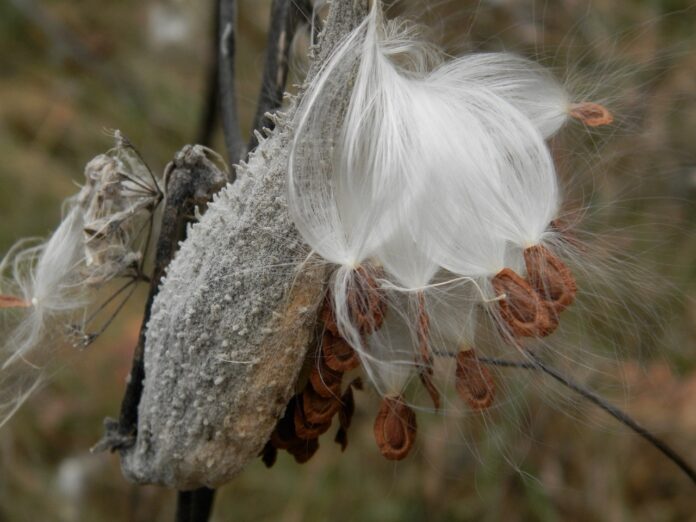Monarch butterflies have started migrating through Ohio to their overwintering grounds in Mexico. If you’ve been fortunate, you may have seen them fluttering over fields and grasslands the past couple of weeks, likely, visiting their favorite native milkweeds.
Seeing them as frequently as I have, following their recent designation as endangered, has been a treat. But, it’s also bittersweet. What if this is one of the last summers I see them so prevalently in Northeast Ohio?
The decline of monarch butterflies just feels different. On one hand, they’ve always been around and they’ve always been part of the scenery. It seems crazy to think there would ever be a time when they’re rare, or even worse, gone. On the other hand, my daughter and I raised and released 10 monarch caterpillars in 2015 and I don’t think we’ve come across that many monarch caterpillars in all the years since then.
The eastern monarch butterfly population has declined by 80% over the last 20 years. The disappearance of milkweed is one of the biggest contributors to this decline. Milkweed is essential to the survival of monarch butterflies. It’s their only host plant, meaning it’s the only plant monarch butterflies will lay eggs on and the only plant monarch caterpillars will eat. Milkweed also provides a food source for monarch butterfly adults and many other pollinators.
Ohio Pollinator Habitat Initiative, in cooperation with soil and water conservation districts across the state, organizes a milkweed pod collection annually. Participating and donating milkweed seed pods can help restore habitats for endangered monarch butterflies.
Milkweed seed pods can be collected from September to November, depending on where you’re located in Ohio. Then the seeds can be planted in the fall, stored to plant in the spring or donated to a local soil and water conservation district to be distributed and planted in the spring.
Identifying milkweed
If you’re planning to collect seed pods to donate to a soil and water conservation district, it’s important to learn to identify different types of milkweed. Sometimes seed pods from only certain species of milkweed are being collected. Common milkweed is the most desirable species to monarch butterflies, so oftentimes, this is the variety soil and water conservation districts are collecting.
Even if you’re collecting other types of milkweed to plant on your own property, it’s helpful to know what species you’re collecting. Knowing the specific needs of the species will help you choose a location to establish a new milkweed stand.
Collecting milkweed
Where to collect? You should only collect milkweed on your property or with permission on private property. Collecting milkweed seeds from many locations will help improve diversity on your property if you plan to plant the seeds you collect. Milkweed plants in the same group will be closely related.
Which pods to collect? Milkweed pods should be collected when they are dry and gray or brown. The center seam of the pod should pop open when gentle pressure is applied and the seeds inside should be brown. Don’t collect pods that are already open. They could be infested with insects. If you come across green or white seed pods, you can make a note of where they are and return later when they are ready.
How much to collect? You should never take more than a third of the pods that are available in any given area or from any plant. Taking more than that can affect the established milkweed stand’s ability to spread and regenerate next season.
How to store pods? Collected pods should be stored in paper bags or grocery sacks and placed in a cool dry area until they are donated or planted. The species of milkweed, the date you collected the pods and the county where you collected them should be recorded on the outside of the bag.
What to do with milkweed? Milkweed seeds can be donated or they can be planted. Planting milkweed in the fall is probably the easiest because our climate will prepare the seeds to germinate in the spring naturally. However, if you miss fall planting you can recreate this process by storing them in your refrigerator and planting them in the spring. Find more information about choosing and planting milkweed in Ohio here.
Related Content
- How to help endangered monarch butterflies
- How to choose milkweed for your garden, landscape
- How to plant wildflowers in Ohio










